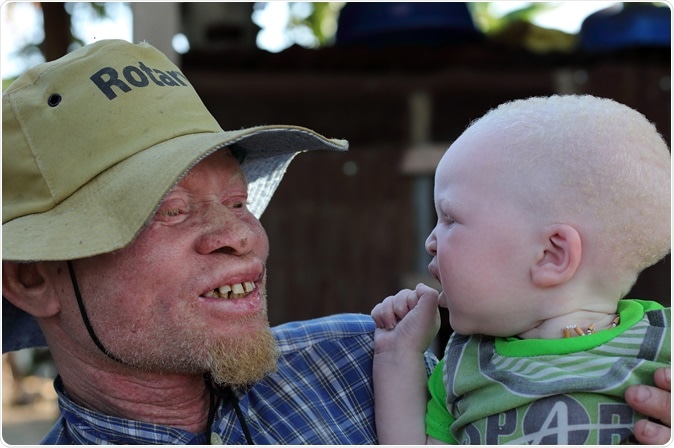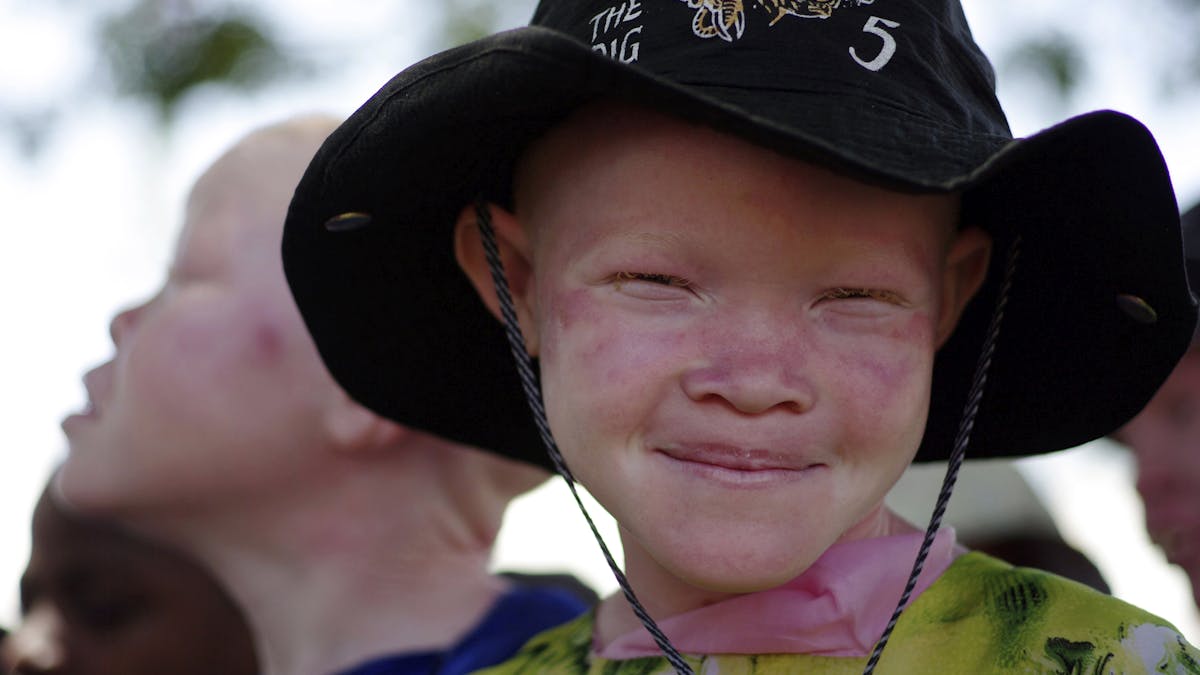The term albinism, generally, refers to ocular-cutaneous albinism, a genetic disease of hypo-pigmentation. In short, albinism is the condition in which pigments are absent or in very low amounts. This is due to the little or no production of melanin, which is responsible for determining the color of the skin, hair, and eyes. Albinism is a highly known disorder due to the physical features it causes. In addition, its presence is not exclusive in humans, since it is possible to find it in the same way in plants and animals.
Causes
What occurs in albinism is a mutation of the genes responsible for the synthesis or transport of melanin. This mutation causes an absence in the production of melanin or the production of a significantly reduced amount. This condition is caused by recessive genes, which means that both parents must be carriers of the gene for albinism or present this condition.
The Role of Genes in the Condition of Albinism
In the genetic structure, all people have 23 pairs of chromosomes. They are found in pairs because one of the chromosomes is inherited from the mother and the other from the father. Within these 23 pairs of chromosomes, 22 are called somatic chromosomes or autosomes, and the last pair is the pair of sex chromosomes responsible for determining the sex of the person.

These pairs of chromosomes are formed according to their compatibility of function. So, to present the condition of albinism, a mutation is necessary both in the gene inherited from the father and in the gene inherited by the mother. In the case where only one of the inherited genes is mutated, what happens is that the individual becomes a carrier of the albinism gene, but does not manifest it through physical traits.
Although the gene most involved in the condition of albinism is tyrosinase (an essential enzyme in the synthesis of melanin), the truth is that there are many genes involved in this process. This is why the inheritance of albinism is very complex, making this disorder an extremely rare condition.
Symptoms of Albinism
The person’s general development with this condition is not affected by albinism, but the signs and symptoms of the disorder appear on the skin, hair, and eyes.

The skin of a person with albinism tends to be very pale. In addition, with exposure to the sun, you can present freckles and moles with or without pigmentation (when they are without pigmentation, they are usually pink). Lentigos and sunburns also appear. In some people, melanin production can begin or increase during childhood or adolescence, causing slight pigmentation changes over time.
Hair color can be presented in various shades, from white to brown, through yellowish and reddish tones. Hair color can also darken in early adulthood or due to exposure to minerals in water or the environment, looking darker with age. Similarly, the color of the eyelashes, eyebrows and body hair in general is of the same tones.
Eye color can range from very light blue to brown and can change with age. Also, the lack of pigment makes the iris translucent, so the color of the eyes can turn reddish depending on the light.
Diagnosis
The clinical manifestations of albinism are very evident, so this condition is noticeable from the moment of birth. If the doctor notices a lack of pigment in the baby’s hair or skin, a physical exam may confirm hypo-pigmentation.
On the other hand, if an infant with albinism has frequent nosebleeds, bruises easily or has chronic infections, it is important to consult a doctor, as this may indicate the presence of some other less common but more serious syndrome or disorder.
Treatment of Albinism

While there is no cure for albinism, people with this condition should make protecting their skin and eyes from sunlight a high priority. Among the recommended general care is the use of sunscreen, hats and glasses.
Do you or someone you know suffer from albinism? We want to read on your experience with this health condition; remember to leave a comment below.


